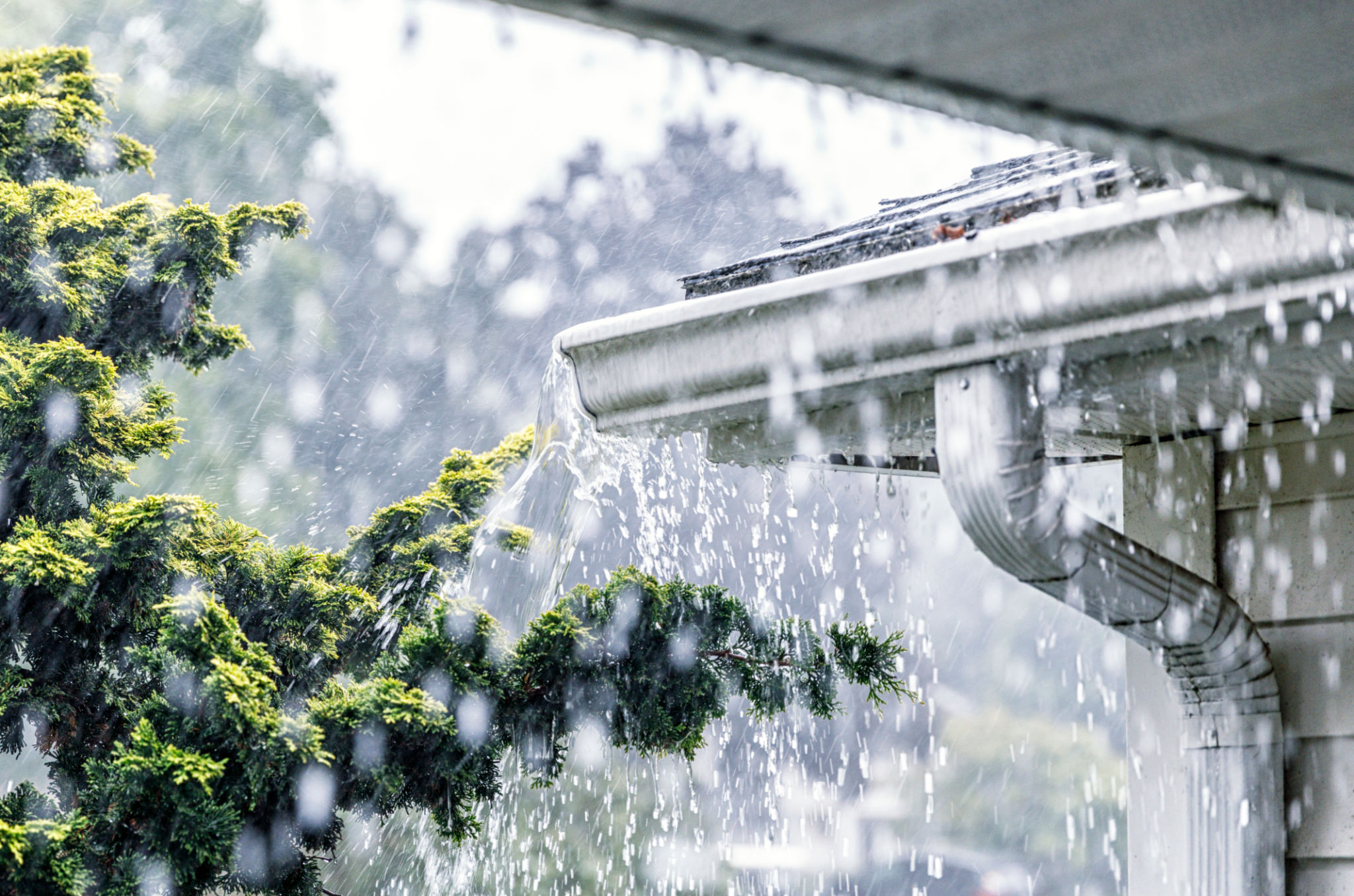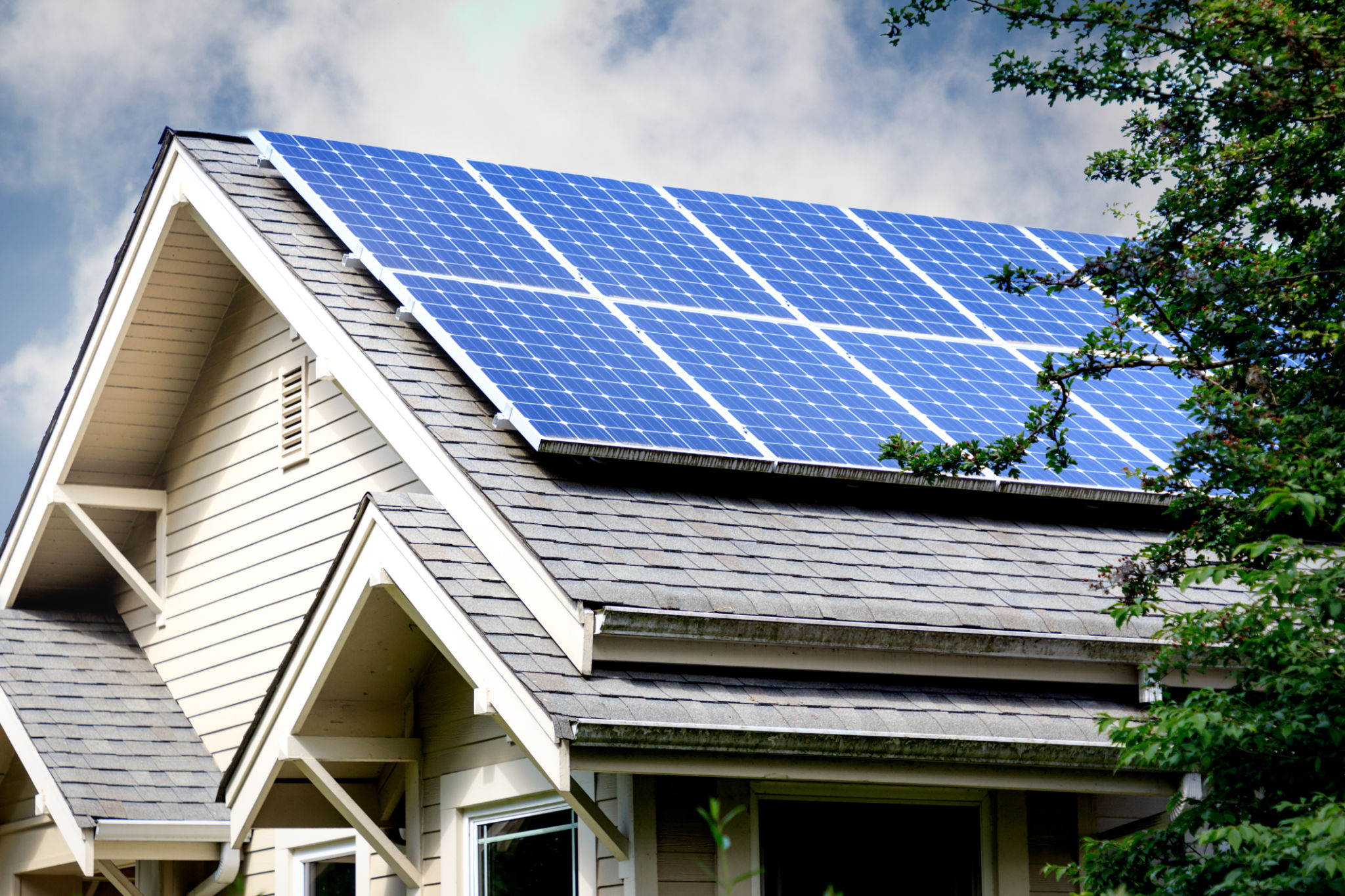How to Protect Your Roof from Barossa's Unique Environmental Challenges
BR
Understanding Barossa's Environmental Challenges
The Barossa Valley is renowned for its beautiful landscapes and thriving vineyards, but it also presents unique environmental challenges that can affect your roof. The region experiences a Mediterranean climate with hot, dry summers and cool, wet winters. These conditions can lead to significant wear and tear on your roof over time. It's essential to take proactive measures to ensure your roof remains in top condition throughout the year.

Temperature Extremes and Their Impact
Barossa's temperature extremes can cause roofing materials to expand and contract, leading to cracks and other damage. Heat can cause shingles to curl or warp, while cold weather can make them brittle. To combat this, consider using materials specifically designed to withstand these fluctuations, such as composite shingles or metal roofing. Regular inspections can help identify early signs of damage, allowing for timely repairs.
Dealing with Moisture and Rain
During the cooler months, Barossa experiences significant rainfall, which can lead to water pooling on rooftops. Water infiltration can result in mold growth and structural damage if not addressed promptly. Ensure your roof is equipped with a reliable drainage system, including gutters and downspouts, to direct water away from your home. Regular cleaning of these systems will prevent blockages and overflow.

Protecting Against Wind and Storms
Windstorms are another environmental challenge in Barossa that can cause damage to roofs by loosening or tearing off shingles. To protect your roof, ensure that all roofing components are securely fastened. Consider installing wind-resistant materials that offer better protection against severe weather conditions. Additionally, trimming nearby trees can prevent branches from falling onto your roof during storms.
Preventing Damage from UV Exposure
The intense Australian sun can cause UV damage to roofing materials, leading to discoloration and degradation over time. Applying a UV-resistant coating can help protect your roof from the sun's harsh rays. This coating acts as a barrier, reflecting sunlight and reducing heat absorption, thereby extending the lifespan of your roofing materials.

Proactive Maintenance Tips
Regular maintenance is key to preserving the integrity of your roof. Conducting bi-annual inspections can help catch potential issues before they escalate into costly repairs. Pay attention to signs of wear such as loose or missing shingles, rusted flashing, and debris accumulation.
- Seal any cracks or gaps: Use appropriate sealants to close up any small openings that could allow moisture penetration.
- Clean your gutters: Regularly remove leaves and debris to ensure proper water flow.
- Schedule professional inspections: An expert can identify issues that might not be visible to the untrained eye.
Choosing the Right Roofing Material
Selecting durable materials suited to Barossa's climate is critical for long-term protection. Metal roofing, for example, is known for its durability and resistance to environmental damage. Alternatively, high-quality asphalt shingles with reflective granules can help reduce heat absorption and lower energy costs.
By understanding Barossa's environmental challenges and taking appropriate measures, you can ensure your roof remains resilient against the elements. Implementing these strategies will not only protect your home but also enhance its value and longevity.
